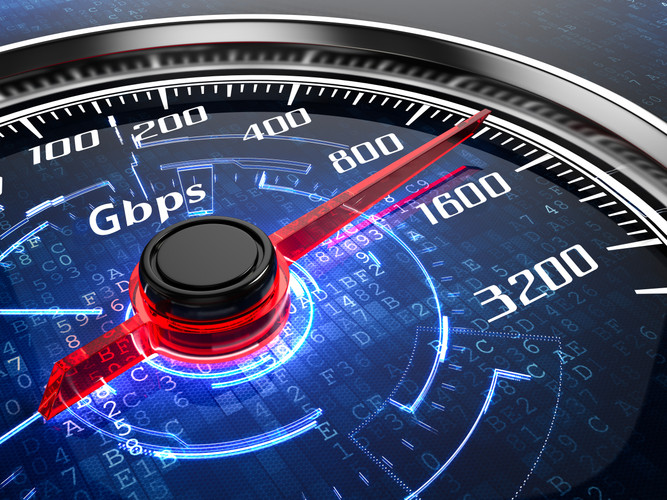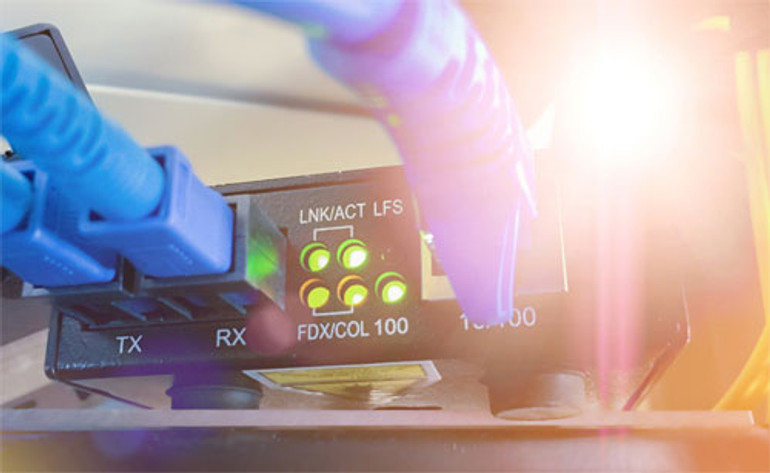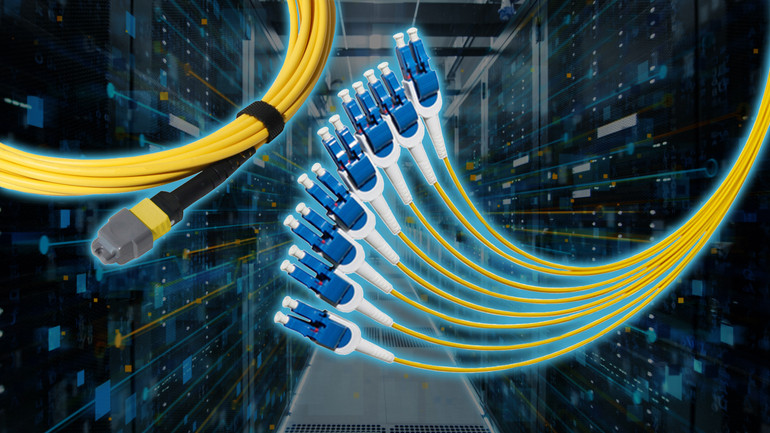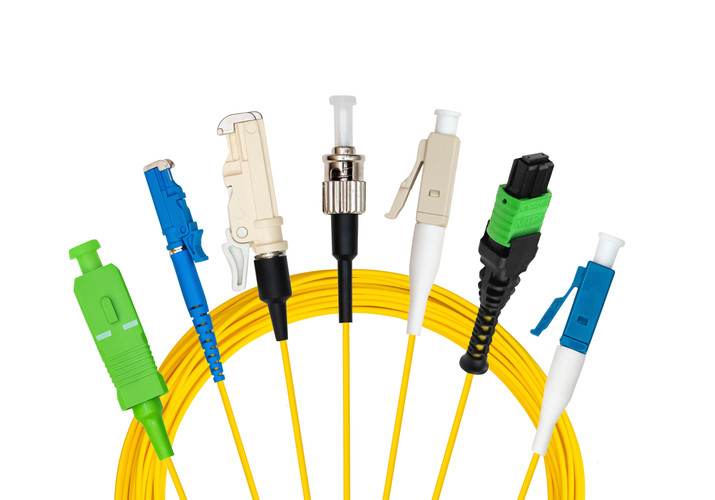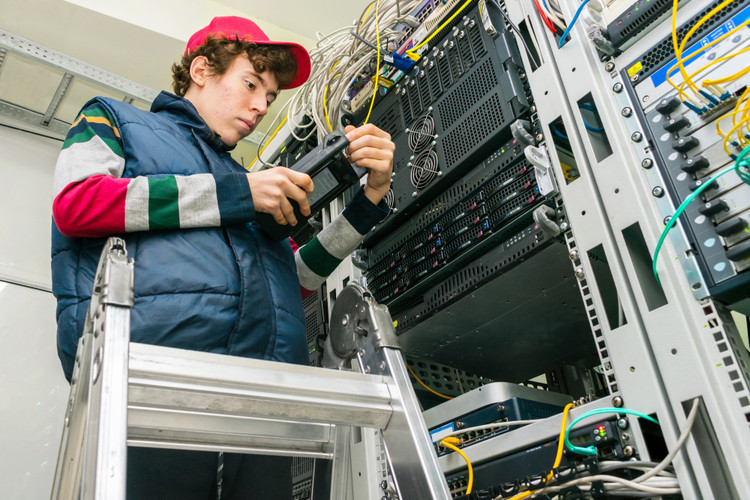The demands on your data center have never been greater—from supporting modern AI-driven workloads to delivering faster speeds and reducing soaring energy costs. But embarking on a data center upgrade without meticulous infrastructure assessment and preparation is the quickest path to failure. Insufficient planning and overlooking key infrastructure considerations can le
…
read more
read more
Large hyperscale and cloud data centers are rapidly migrating fiber optic links to 800 Gigabits (G) and 1.6 Terabits (T) speeds. This move is necessary to meet the increasing demand from AI workloads and other high-performance computing applications.
According to port shipment forecasts published by Dell'Oro Group, 800G is currently the fastest-growing segment of the mar
…
read more
read more
How Fiber Optic Cable Transmits Data at high speeds
Dec 17th 2024
Fiber optic cables are essential for today's digital communications. With the ability to support superior transmission speeds over longer distances compared to copper cabling, fiber optic cables have become the de facto media for data center links and high-speed connections between spaces, buildings, cities, and regions. But how exactly do fiber optic cables transmit data, and
…
read more
read more
What is a Media Converter?
Posted by Troy Snobecy on May 15th 2024
Media converters are fairly simple networking devices for connecting dissimilar media, and most people think of them as being used for transitioning from electrical signals transmitted over copper to optical signals transmitted over fiber.
But did you know that media converters can be used for converting other signal types in different environments? Let’s take
…
read more
read more
MTP/MPO Trunk Cables vs. Breakout Cables
Mar 11th 2024
In data center environments, fiber connections between equipment such as switches, servers, and storage devices are achieved via cable assemblies, which is a generic term that refers to any collection of fiber strands grouped together within a cable and terminated to connectors. MTP/MPO trunk cables and breakout cables are two of the most common types of cable assemblie
…
read more
read more
Fiber Optic Patch Cable Connector Types & Their Uses
Feb 13th 2024
Fiber optic patch cables are vital to every optical network, establishing connections to servers, switches, storage devices, and other equipment and devices in data centers, telecommunications rooms, and other network spaces.
Patch cables terminate to various fiber connector types to maintain compatibility with equipment input/output (I/O) connectors and support multiple optic
…
read more
read more
How Much Does Fiber Optic Cable Cost?
Dec 22nd 2023
Fiber optic cable is a vital component of every network—whether it’s an outside plant (OSP) service provider network, data center, or LAN. Knowing how much fiber optic cable costs, which factors can impact cost, and key cost considerations can help you avoid unnecessary expense and get the most out of your budget.Fiber type, construction, and application matters
Several
…
read more
read more
Solving Fiber Network Problems
Dec 7th 2023
Every network today includes fiber optic cable and connectivity—whether it’s an all-fiber outside plant (OSP) infrastructure, thousands of fiber links between equipment in the data center, or the fiber backbone in a LAN. While fiber provides greater reach and bandwidth than copper, you may be surprised to learn that fiber is also more durable than copper—even though it’s
…
read more
read more


